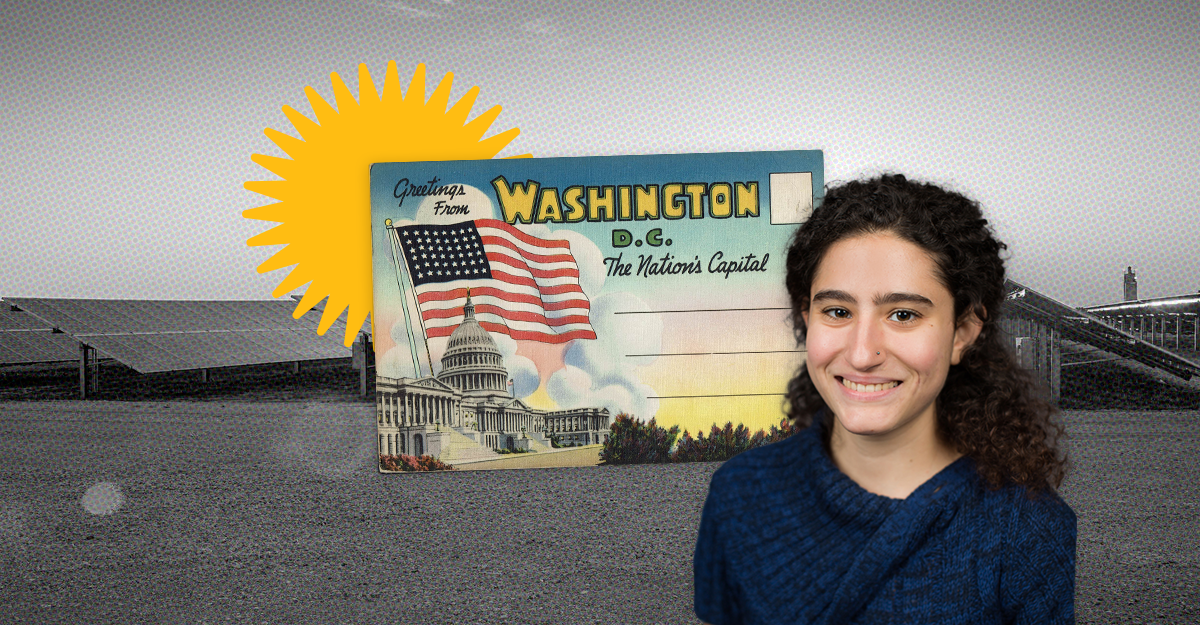Featured Publications



FAS
Building Environmental Justice: Alexa White
04.18.24
|
3 min read
read more
Science Policy
The U.S. Bioeconomy needs biomass, but what is it and how do we use it?
04.17.24
|
7 min read
read more
Technology & Innovation
Dr. Rebecca Glaser, Office of Clean Energy Demonstrations, Energy Storage (for the People) and Policy Expert
04.17.24
|
5 min read
read more
publications
FAS
Blog
Building Environmental Justice: Alexa White
Alexa White’s journey into the world of science policy started back when she was earning her undergraduate degree in biology and chemistry at Howard University.
04.18.24
|
3 min read
read more
Science Policy
Issue Brief
The U.S. Bioeconomy needs biomass, but what is it and how do we use it?
In the quest for sustainable energy and materials, biomass emerges as a key player, bridging the gap between the energy sector and the burgeoning U.S. and regional bioeconomies.
04.17.24
|
7 min read
read more
Technology & Innovation
Blog
Dr. Rebecca Glaser, Office of Clean Energy Demonstrations, Energy Storage (for the People) and Policy Expert
At the Office of Clean Energy Demonstrations, Dr. Glaser is paving the way for cutting-edge energy storage and battery technologies to scale up.
04.17.24
|
5 min read
read more
Science Policy
Blog
Firefighting Workforce Benefits from FY25 Budget Request but Sustained Investments are Necessary to Address the Wildfire Crisis
In the last decade, the U.S. has made significant investments to address the wildfire crisis, including the historic investments in hazardous fuels reduction through the IRA and IIJA.
04.16.24
|
5 min read
read more